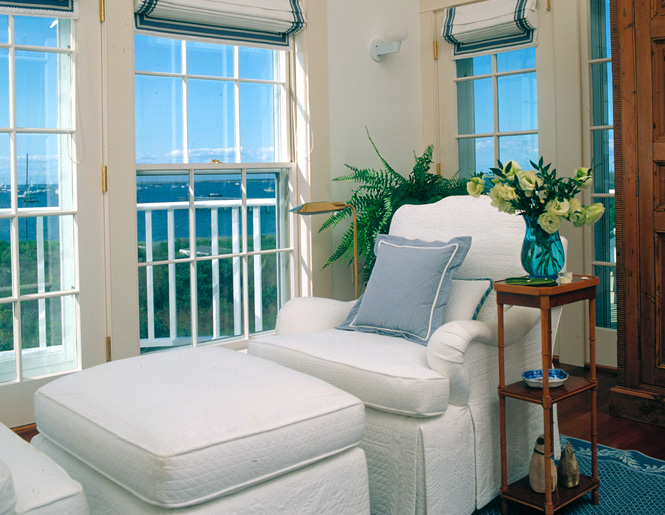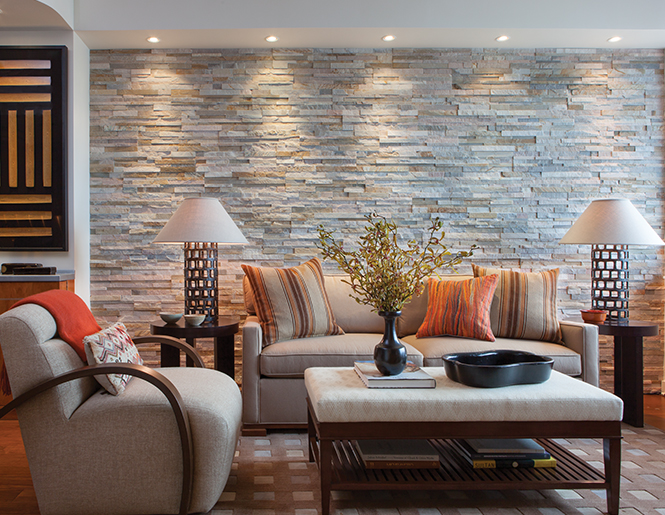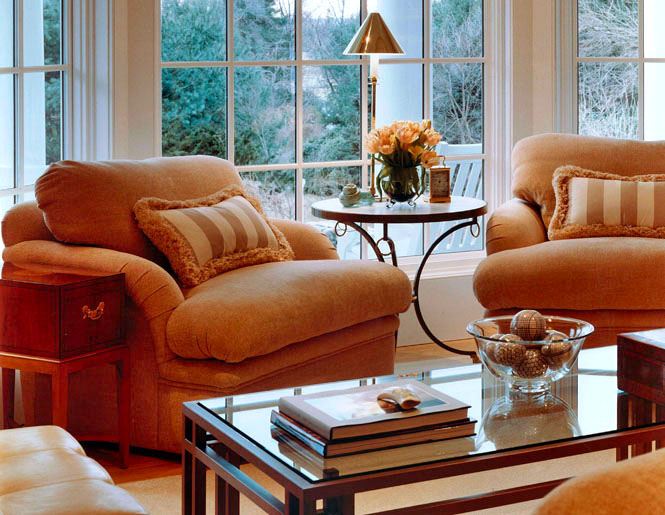Whoever said “ignorance is bliss” surely wasn’t talking about environmentally friendly home design and furnishings. When you curl up on your sofa with your family around you, or snuggle into a comfortable chair with a good book, chances are you didn’t intend to invite a long list of toxic chemicals to join you. But invited or not, unless you’re decorating with sustainable upholstered furniture, they’re there.
Along with your friends, you may be sitting down with substances like formaldehyde, polyurethane, brominated flame retardants (PBDE’s), and dioxin. Other unwanted guests may join you via wood finishes and paints. All of these toxins infiltrate your home and the air you breathe through “offgassing,” the release of chemicals into the air through evaporation. Not only a concern with new furniture, offgassing can continue for years, impacting your health with symptoms like eye, nose and throat irritation, fatigue, asthma, and eventually, may even weaken your immune system.

In my work as an interior designer, I am pleased to find that every year, the list of eco-friendly furniture manufacturers grows larger. As we learn more about the importance of a pristine indoor environment, we don’t need to sacrifice an ounce of beauty or elegance. My joy and my passion lies in creating interiors that combine sophisticated, stylish living with the very latest in sustainable design. And each year, to my delight, more and more people are opting for healthy, eco-sensitive products in their homes.
The products used to make your upholstered and wood furniture are important. Today, we have the option of choosing soy-based versus foam cushions, recycled filling for pillows, water based stains and organic upholstery fabric. In addition, we can choose wood that is certified by the Forest Stewardship Council (FSC) and the Sustainable Forestry Initiative (SFI), ensuring that the products are derived from forests that are managed to specific environmental standards.

Some of the organic materials that are available are among the world’s most luxurious, including organic cotton, hemp, linen, and wool. For our best health, the textiles should be colored with low-impact dyes. Non-organic cotton, by the way, is a heavily toxin-laden fabric. As a non-food plant, cotton is grown in fields soaked in insecticides, and the manufacturing process creates both air and water pollution from the process of turning picked cotton into yarn and thread.
As important as the right materials, however, is the quality of your new pieces. They must be comfortable, beautiful, and long-lasting. Poorly designed furniture, no matter what is used in its construction, is destined to end up in a landfill before long. The longer your furniture lasts, the smaller the environmental footprint it leaves behind. Your furniture then should be chosen for its strong frame and springs, carefully manufactured fillings, and premium fabrics. The good news is, with a little research and guidance, your home can be healthier than ever before, and as exquisitely decorated as you dreamed it would be.








awesome work! thank you so much!